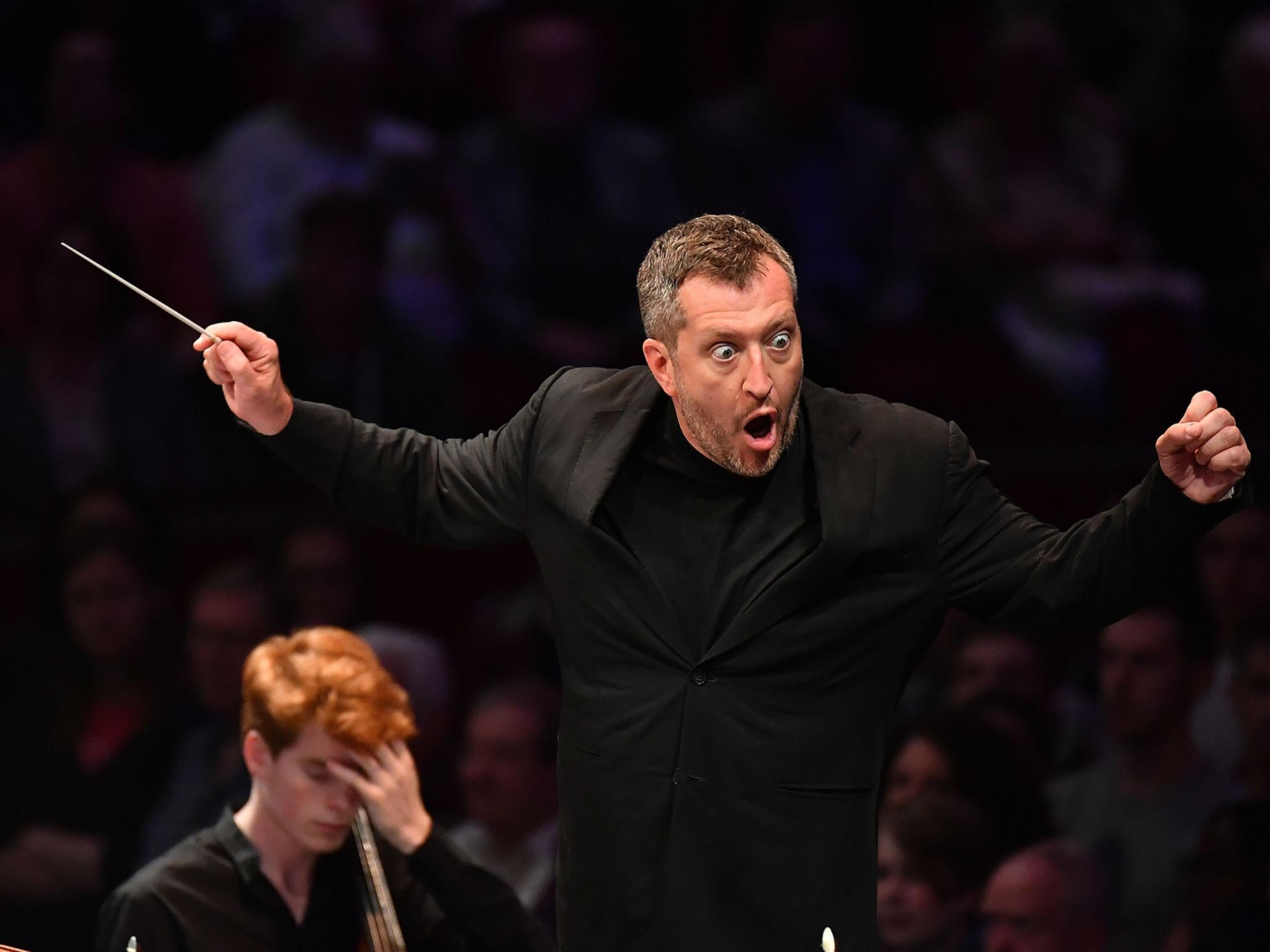Prom 28: National Youth Orchestra, Thomas Ades, Royal Albert Hall, review: A heady mixture of talent, joy and all-out energy
There was nothing junior about the National Youth Orchestra's annual Proms visit conducted by Thomas Ades

Ten horns, seven percussionists, four harps and no fewer than 40 violins: no one puts on a show quite like the National Youth Orchestra, whose annual Proms visit is a reliably heady mixture of talent, joy and all-out energy. The performers may be teenagers – some as young as 14 years old – but nothing in either the programming or performance of this arresting concert was junior.
An uncompromising programme conducted by Thomas Ades (himself an NYO alumnus) paired Stravinsky’s The Rite of Spring with works by Ades himself (2010’s Polaris) and his young pupil and protégé Francisco Coll (Mural). While giving the many players plenty to do, five-movement symphony Mural offered little textural contrast. Painting with all the orchestral colours in the box at all times, the result tended brown and sludgy, even under Ades’s incisive baton.
Far better was the musical narrative of the space-themed Polaris, whose scope and musical narrative both lent themselves to this festival and this hall. The work’s spatial dimension (brass instruments placed up the gallery) gave it a surround-sound immediacy, embracing the audience in its gleaming grasp, pulsing beams of musical light firing at us from all angles.
But it was the Stravinsky that really showed what these young players can do. A languorous opening from the bassoon set the tone for a sequence of exceptional woodwind solos, from bass clarinet to alto flute. Strings were rhythmically taut, but gloriously grungy and smudgy in tone where required, and both percussion and brass made their presence felt. If the result was just a little too polite to be profane, it’s nothing a few more years of life won’t change.
Join our commenting forum
Join thought-provoking conversations, follow other Independent readers and see their replies
Comments